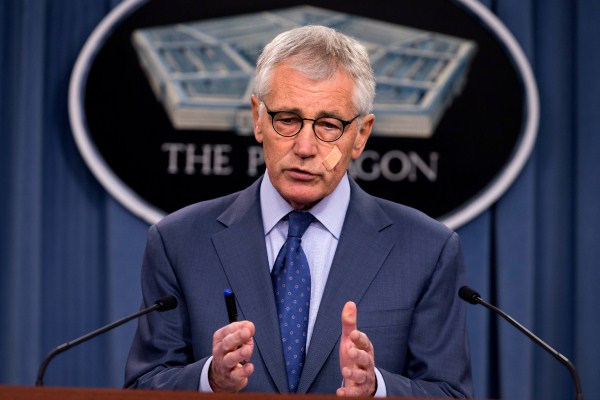U.S. Secretary of Defense Chuck Hagel recently announced a pair of important initiatives, one to restore the Defense Department’s troubled nuclear enterprise to health and another to spur innovation within the department. The two initiatives are necessary, if incomplete, but achieving both goals will difficult.
Hagel’s proposed overhaul of the Defense Department’s management of its nuclear weapons enterprise is long overdue. The U.S. nuclear command’s core components, besides the actual warheads, include the Air Force’s nuclear-capable bombers and intercontinental ballistic missiles (ICBMs) and the Navy’s ballistic missile submarines as well as the supporting infrastructure for the entire system. It also involves intelligence experts for selecting targets and senior military and civilian leaders for policy oversight. Major lapses have been exposed in both the Air Force and Navy components of the nuclear enterprise in recent years, including cheating scandals over preparedness tests and morale problems. Several nuclear bombs were also moved without authorization within the United States, while nuclear weapons components were mistakenly sent to Taiwan.
Hagel acknowledged that the department’s latest reviews had identified potentially serious threats to the currently effective but vulnerable nuclear enterprise. He announced plans to increase the number of employees, revamp the department’s personnel reliability program and allocate more money and leadership attention to the command’s day-to-day operations. However, he said nothing about updating the U.S nuclear forces’ delivery systems, a major problem they face and a shortcoming of the new initiative.

